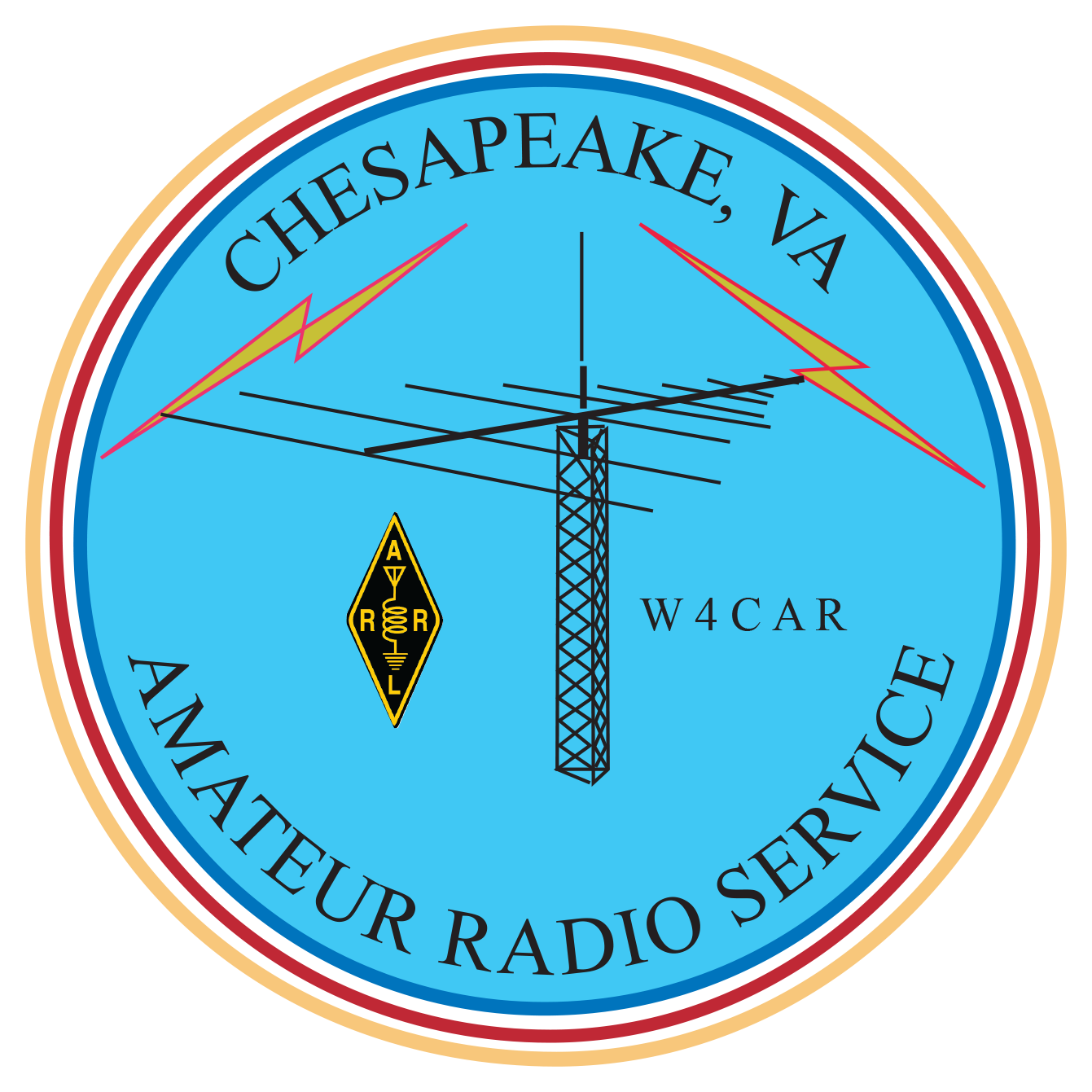What is FT8?
FT8 is an extremely-weak-signal, digital, narrow bandwidth (50 Hz), QSO-only amateur radio communication protocol. It was created by Joe Taylor (K1JT) and Steve Franke (K9AN) and is popular among amateur radio operators for its ability to work in challenging propagation conditions.
Minimal Equipment Required
Computer: FT8 is a digital mode and requires a computer to send and receive/decode FT8 messages. Software mentioned later in this post controls generating the FT8 message, triggering the radio to transmit the message, and then decoding FT8 responses from other stations.
Computer/Radio Soundcard Interface: Your computer has to be connected to your radio in such a way to support both CAT control (changing frequencies, triggering transmit) and audio. You can create a homebrew CAT and audio interfaces to support your specific radio. If you are interested in a pre-assembled commercial option, either Tigertronics Signalink interfaces or Masters Communications Digital Radio Adapters are great choices.
Software: WSJT-X is the most common application but others like JTDX exist.
Time Sync Software: Due to the timing used to send and receive messages, FT8 is very sensitive to time differences. You will need to have your computer’s clock synchronized to ensure you are able to properly send and receive FT8. Windows applications that run in the background include Dimension 4 and Meinberg NTP. Both require an internet connection so if you are not connected to the Internet, you can use another application like GPS2Time or JTSync.
HF Radio: The Signal Identification Guide Wiki lists suggested frequencies for FT8 from the 23cm band all the way down to 160m. Most club members are active in the HF bands.
Resources
FT8 has been very popular due to the challenging propagation conditions. This had led to a small explosion of online resources
ZL2IFB’s FT8 Operating Guide: The go-to guide for FT8 including operating strategies to maximize you DX.
N0TTL GridTracker: “GridTracker listens to traffic from WSJT-X and displays it on a map”
